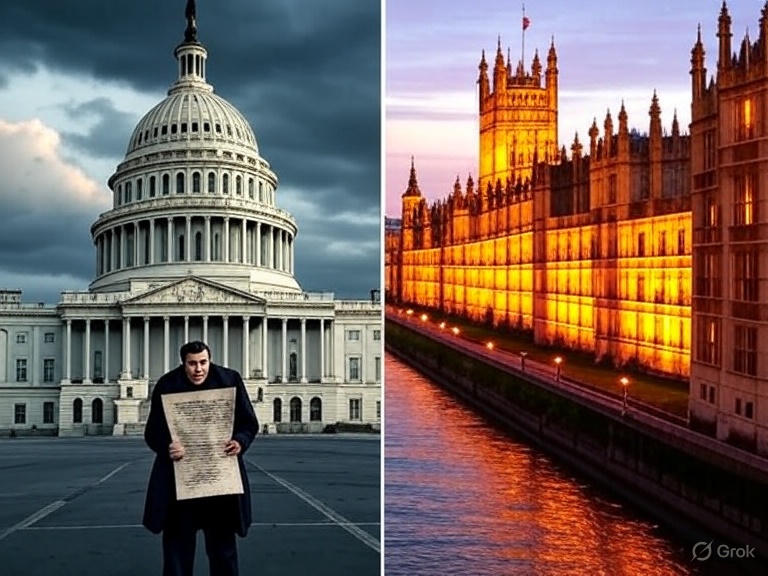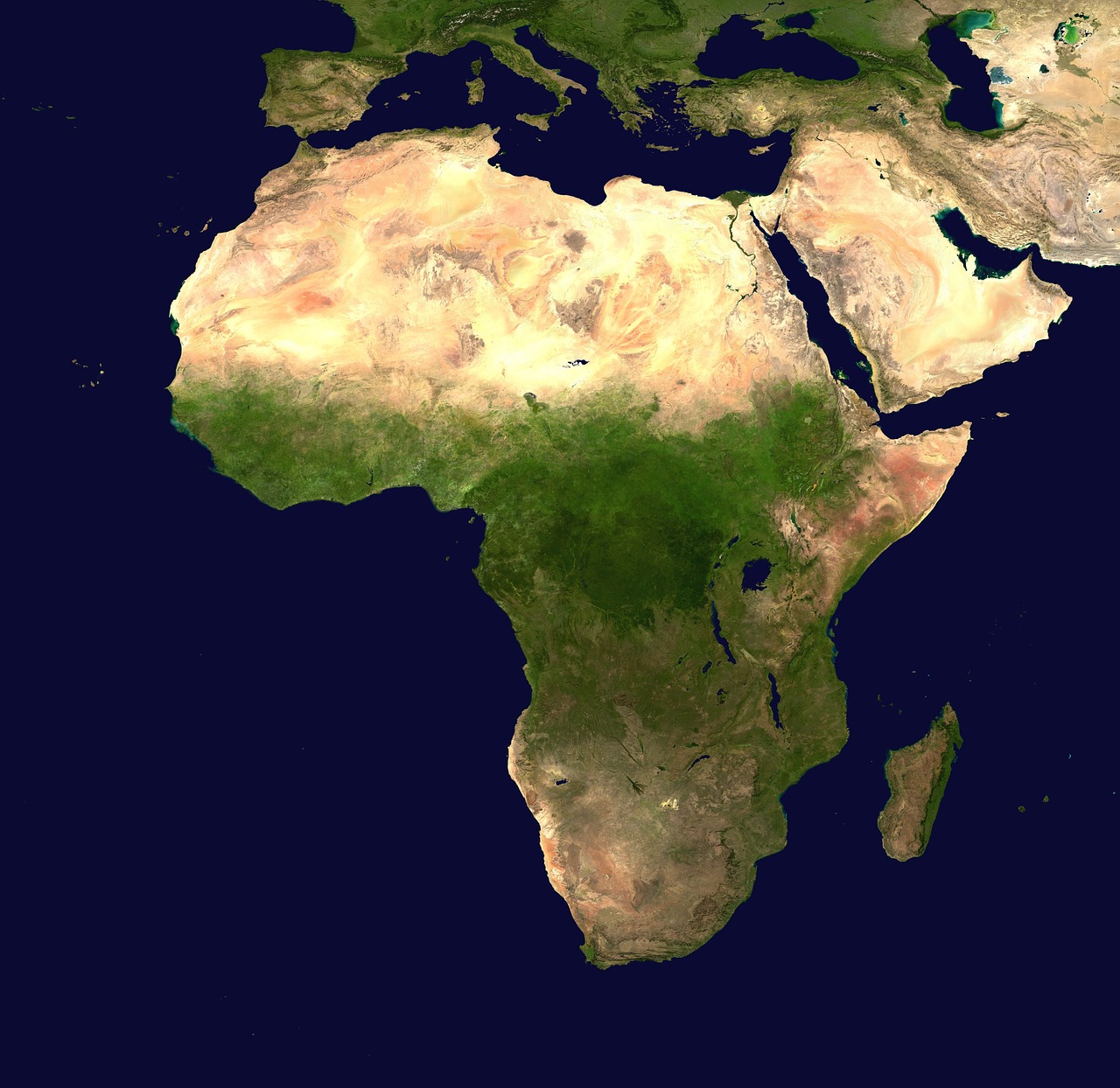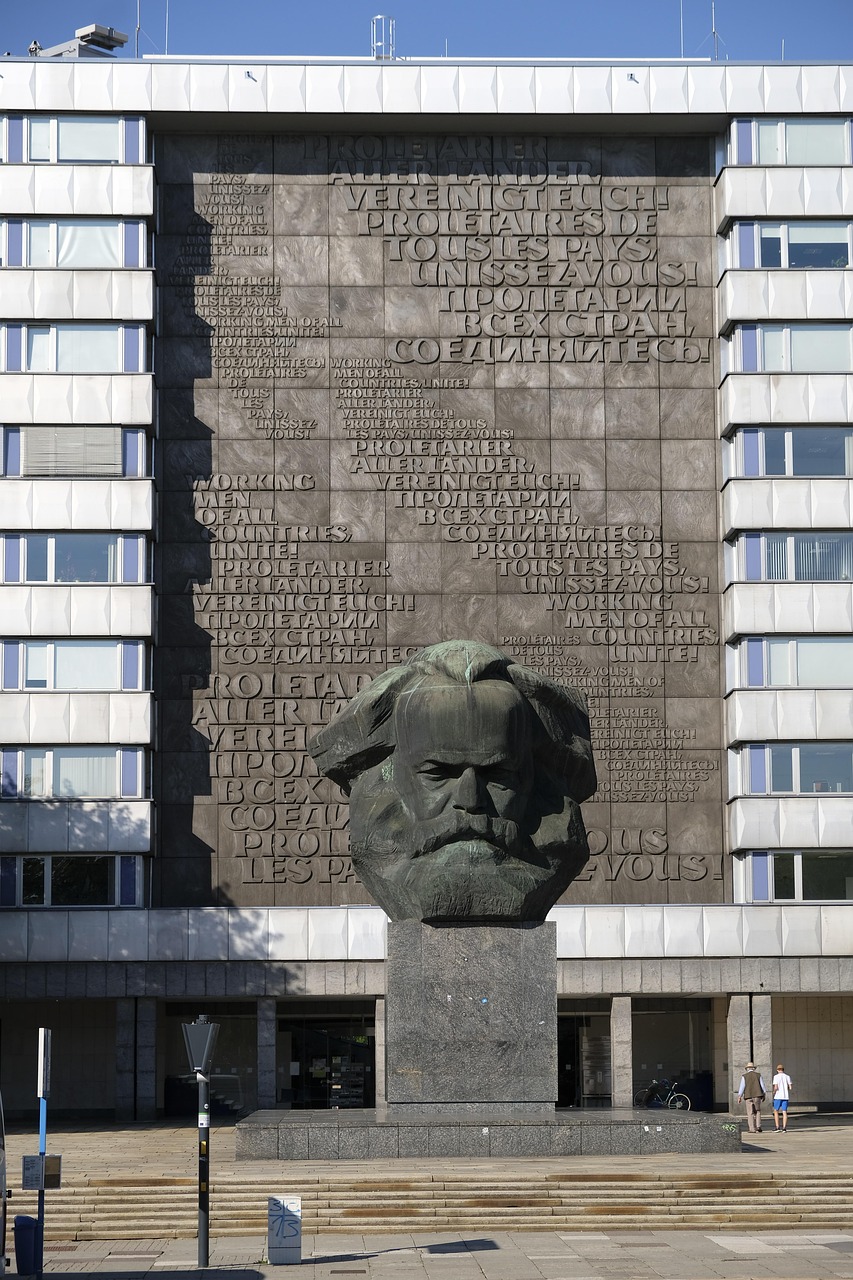 Project Fear. That worked so well last time, didn’t it? Every time Cameron, Osborne or one of their earnest myrmidons came onto our screens to explain how leaving the EU was economically irrational, up would pop Farage or Francois to remind us who won the Battle of Britain.
Project Fear. That worked so well last time, didn’t it? Every time Cameron, Osborne or one of their earnest myrmidons came onto our screens to explain how leaving the EU was economically irrational, up would pop Farage or Francois to remind us who won the Battle of Britain.
Now that Scotland is threatening to leave the Union, which strategy are the thinkers in Number 10 now invoking? Why, Project Fear again of course. Every time Nicola Sturgeon outlines yet another smorgasbord of free goodies an SNP government will bestow on the good people of Scotland, some spokesperson in London promptly protests that the money will have to come from somewhere—to which some folk north of the border simply give a shrug. Mel Gibson defeated the English in 1297, and his successors can do so again.
The briefest glance at a map of the referendum result in 2014 tells all, because the bits that went for independence are so small: just Glasgow, its environs, and Dundee. Some 5 per cent of the surface area of the country. The remaining 95 or so per cent of the map went for union.
But the pro-independence bits of the map are not only densely populated, they’re also populated with the ‘left-behind:’ these are the rust-belt zones where the death of heavy industry has wrought despair and misery. Telling these people they may lose some perquisites under independence is futile because—rightly or wrongly—some may believe they’ve nothing to lose anyway.
Roger Fox, the economist, recently calculated on this site that trade barriers with England would cost the Scots some 6-7 per cent of GDP. But a one-off fall in income of 6-7 per cent is unlikely to deter them from crying “Freedom!” They see how prosperous are Ireland and Denmark, and they conclude that—after a tricky but tolerable transition period—Glasgow, its environs and Dundee couldn’t be worse off than they are now. And they might be much better off, especially as Sturgeon will push most of the transition costs onto the middle classes in the other 95 per cent of the land.
Nor do Scottish nationalists appreciate unionist politicians waving their Sassenach flags about. Boris Johnson and Nadhim Zahawi and Liz Truss and Robert Jenrick and Gavin Williamson may believe they’re only reminding us that the Scottish saltire has long been blended with the English cross of St George, but ever since St Patrick’s red saltire was plonked, skew-whiff, over St Andrews’s white one, there’s been no doubt which of the three national symbols dominates the Union Jack, and it isn’t Scotland’s or Ireland’s.
There’s only one way Scotland can be saved for the union, and that’s to recognise that the actual question is: how to save Glasgow for the union?
If the currently-impoverished people of Glasgow can feel a richer stake in the union, they might vote to stay—particularly if their enrichment can be union-linked. At this point, there’s only one strategy that would work: move the whole government of the United Kingdom to Glasgow. Yes, London-based civil servants would need to be let go, but it’s unlikely they’d have much difficulty finding good new jobs.
The British government is already planning to move bits of the bureaucracy out of London: let it accelerate its plans and let it move them to Glasgow, because it’s only Glasgow’s disaffection that threatens the union. Dundee’s too small to matter much, though we might throw it a department or two.
The breakup of the United Kingdom would be a tragedy that would diminish us all and which therefore demands a proportionate preemption. Moving the Queen, Whitehall and Parliament to Glasgow may seem radical, but it would speak of England’s commitment to Scotland. Any smaller a measure would fail: if the English love the Scots as much as they say they do, let them show it.














